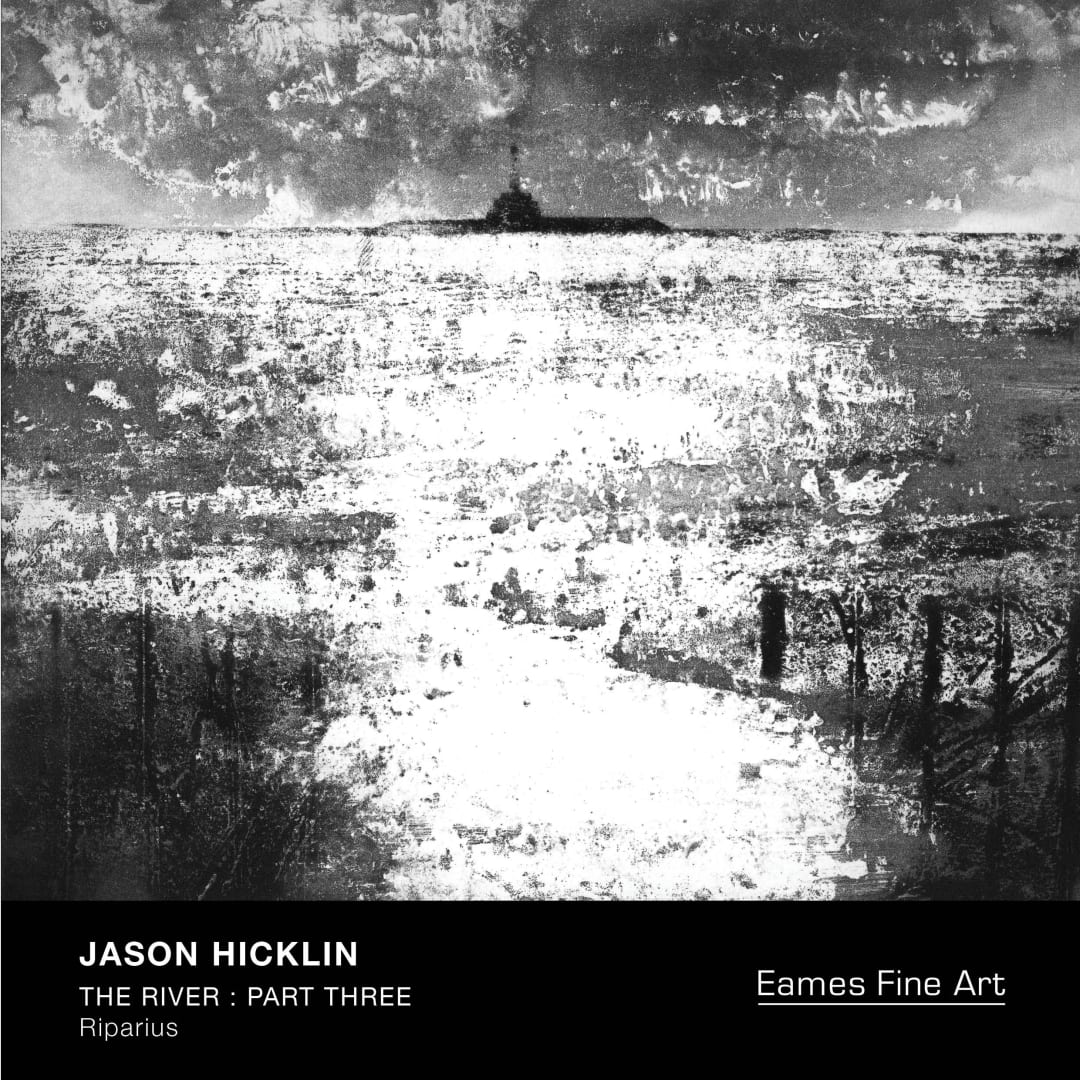Dimensions: 210 x 210 mm
Pages: 36
With this, the final exhibition from the series, we come to the dramatic conclusion of this historic walk: The River, Part Three. Jason's last stretch of the Thames starts in Woolwich, briefly looks back towards the City, and leads us through the large skies and vast expanses of the widening Thames as the views become more wild, unpopulated and unfamiliar and at last The Thames finds its inevitable destination as it merges with the North Sea.
Introductory Essay
“This also,” declares Marlow of the Thames at the beginning of Heart of Darkness, “has been one of the dark places of the earth.” At the time of speaking, he is aboard a ship anchored at Gravesend, where the river, having rushed through London, begins to widen before eventually debouching into the North Sea. In the work that comprises Jason’s latest show, Riparius, he follows the water of the Thames along this final part of its journey, walking the river’s southern bank, its northern counterpart – though it may surprise some to hear – being still dominated by smoke-belching sites of industry.
Jason has wandered far beyond the dog-walkers, past still-active rifle ranges and long-abandoned forts, past small herds of cattle and a smattering of wild ponies wading through flank-deep puddles against the incongruous backdrop of towering electricity pylons, out into the marshes of the Hoo Peninsula, where Dickens’ Pip was accosted by an escaped convict in the opening pages of Great Expectations.
It is a flat land, dominated by the river’s expanse and the wide, unobstructed sky above it. We see this reflected across the body of work. Several of the prints feature Jason’s lowest horizon lines yet, showcasing his recently refined depiction of sunlight breaking through cloud. The water itself is often starker, just as it appears in real life when it gleams from bank to bank in the sun’s unimpeded light. It is altogether a different river, and with Riparius, we pass from the familiar to the unknown. With acid and ink, Jason has succeeded in illuminating “one of the dark places of the earth”.

